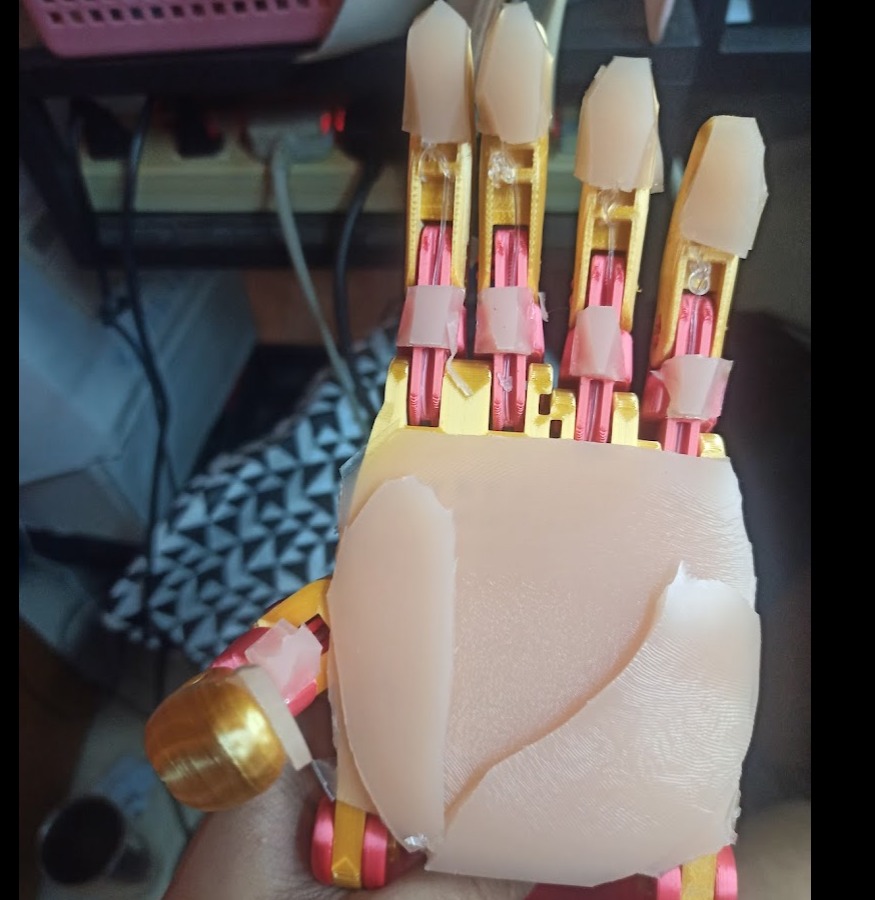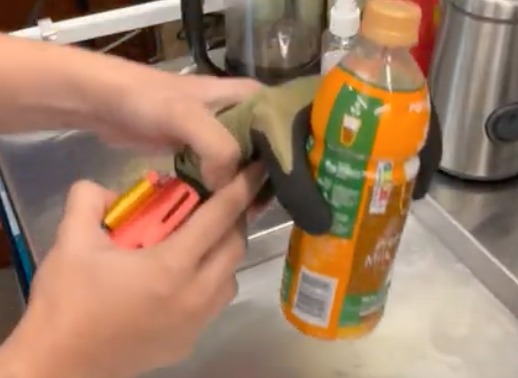
The Enable Phoenix Hand is a 3D printed prosthetic hand designed to help individuals with upper limb differences perform everyday tasks with greater ease and independence. This prosthetic hand is a cost-effective and customizable alternative to traditional prosthetics, which can be prohibitively expensive and require extensive time and resources to produce. The Enable Phoenix Hand is made up of a series of interlocking components that can be 3D printed and assembled with relative ease. Once assembled, the hand is controlled by the wearer’s wrist movements, allowing them to open and close the fingers to grasp objects. The Enable Phoenix Hand is designed to be lightweight and comfortable to wear, with a low profile design that makes it less obtrusive than traditional prosthetics. Additionally, the hand can be customized with a variety of colors and designs to suit the preferences of the wearer. With the help of the Enable Phoenix Hand, individuals with upper limb differences can regain greater independence in their daily lives, performing tasks that were once difficult or impossible to achieve.
The Phoenix hand can be customised in size and type for the user for multiple amputation types such as transmetacarpal, transradial and transhumeral.
In our tests we however found that the grip was quite poor due to the fact that the palm and fingers are plastic. In order for the prosthetic to grip like a human hand it needed a non slip surface and it needed to deform slightly to contour itself to the shape of the object and increase the surface area in contact with the object, like the flesh on our palms does. The non slip problem could be solved by putting the hand in some rubber work gloves. But to make it deform it needed a silicon padding. This remained elusive as none of the silicon pieces i found were the right feel and were not as low cost as we needed it to be.
I however had a eureka moment talking to my ice skater friend who used sillicon bras as pads for protection from falling on the ice. This was the perfect thickness, density and was cheap thanks to mass production.


